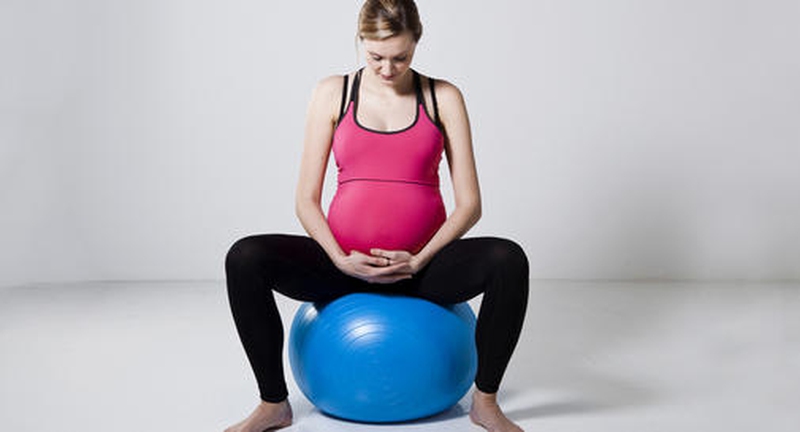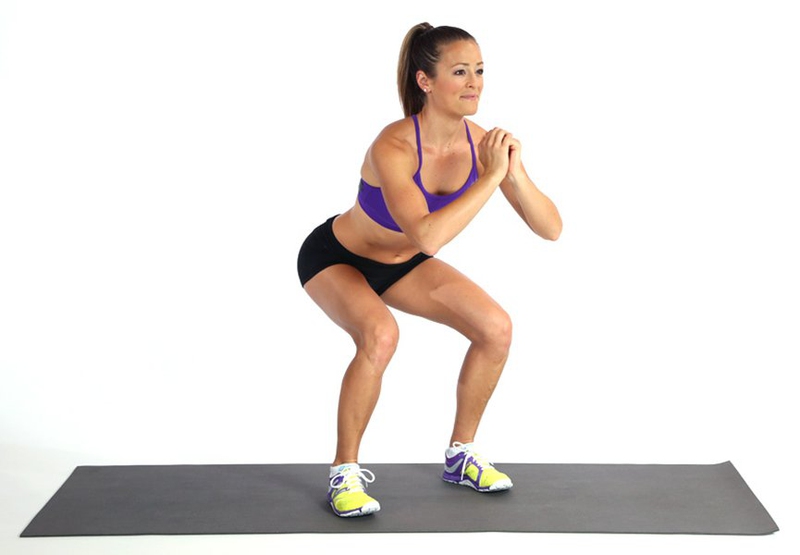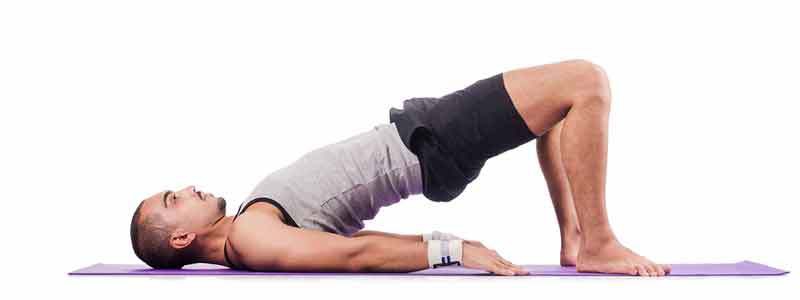Do you have a workout plan when you go to the gym? What are the areas of the body that you’re paying more attention to? Most of us have the abs, legs and arms on the top list of our workout plan. We are obsessed in getting a 6-pack abs and toned legs and arms, so we spend hours at the gym focusing on these areas.
But how about our pelvis? Are you doing many pelvic floor exercises that strengthen the pelvic floor muscles, which should be on our top list too? An improvement in sexual health, reduced risk of incontinence and improved core stability and strength are only some of the reasons why you should include your pelvic floor muscles on your priority of workout list.
Where Are the Pelvic Floor Muscles Located?
As the name implies, pelvic floor muscles support and surround all the organs in your pelvis. These organs are composed of bowels, womb and bladder. They are located in between your legs and starts from the pubic bone at the front to the end of your spine at the back.
If you really want to find out where your pelvic muscles are, do this when you feel the need to urinate. As you start to pee, stop the flow briefly. Your pelvic floor muscles are what you use to be able to do this.
Doing exercises that strengthen our pelvic floor muscles have many benefits, especially to pregnant women. During pregnancy, hormonal changes as well as the pressure of the growing baby in the bladder cause the pelvic floor muscles to loosen. Some pregnant women lose a little control with their bladder as they accidentally leak urine when they laugh, cough, exercise or sneeze.
Then doing this type of exercises will help them in minimizing the risk of accidents like slipping or tripping as it strengthens their muscles. It’s also a big help to give them the stamina during labor and helps them in recovering faster after they gave birth.
So keep reading to learn some helpful exercises that specifically work for the pelvic floor muscles.
8 Helpful and Easy Pelvic Floor Exercises
Kegels
This is one of the most popular pelvic exercises. Kegels is a practice where you contract and relax your pelvic floor muscles. What’s great about this exercise is that you won’t need any equipment at all.
To perform some kegels, identify first your pelvic floor muscles. Contract these muscles for about 5 seconds, then release for 5 seconds. Do 10 repetitions, at least 3 times every day.
Kegels not only increases sexual sensation, but it will also benefit those who are having bladder-control problem such as feeling the urge to urinate after just peeing or having a leak when they sneeze, laugh or cough.
Squats
This is the best one when it comes to strength and resistance improvement. It focuses on your hamstrings, glutes and quadriceps.
Steps:
Start in a standing position with toes pointed slightly and feet at shoulder-width apart.
As if you’re going to sit down, bend your knees and push back your butt and hips.
Drop down, with thighs parallel to the ground. Knees should be bowed slightly outward and weight kept in your heels.
Keep your legs straight and go back to the upright position.
Perform 15 repetitions.
Wall Squat
If you want a strong pelvic floor muscles and excellent thighs, this is one of the best pelvic floor exercises. No equipment is needed, just you and the wall.
Steps:
Start in a standing position, with your back and head against the wall.
Place your feet about 18 inches away from the wall, with both feet position at shoulder width-apart.
Lower your body into a squat, with both thighs paralleled to the floor.
Hold and do repetitions.
Bridge
One exercise that does not only strengthen pelvic floor muscles but also focuses on your glutes is the bridge exercise. It is called the bridge as it imitates the action of a moveable bridge. There is no equipment needed and you can do it even in a small corner of your room.
Steps:
Lie on your back with both of your feet at hip-width apart and flat on the floor, knees bent.
Take a deep breath, lift your hips up and squeeze your hamstrings, glutes and pelvic floor.
Lower down your hips and release.
Do up to 10 repetitions.
Split Tabletop
This is one of the pelvic floor exercises that serves as the basic foundation move in many of the Pilates workouts. It works on your hips, abs and pelvic floor. In this exercise, lying on your back with both of the knees bent. Using controlled movement, you slowly split your legs towards outside.
Bird Dog
This is an overall exercise that works on your back, abs, hips and glutes. It enhances stability and balance and engages in many muscles at once, with the pelvic floor included. No equipment is needed either to do this routine, just yourself and your determination to be fit.
Jumping Jacks
This exercise is common in circuit training and boot camps. It’s popular for a reason – aside from burning calories; it’s also a strengthening, cardiovascular and stress-relieving exercise. Don’t skip jumping jacks on your regular exercise routine for a strong overall body, including your pelvic muscles.
Dead Bug Crunch
Doing a dead bug crunch would not only give you an abs that you can show off, it also works on your core, abdominals and arms. Since it does not need any equipment, you can do it almost everywhere.
Other Ways to Exercise Pelvic Floor Muscles
If you want more pelvic reinforcement on top of your pelvic floor exercises, below are some of the most-common suggested other options to work on your pelvic floor muscles:
Electrical stimulation – If you want your pelvic floor muscles to be stronger, you can use a special electrical device created for this purpose.
Biofeedback – A small device is inserted into your vagina while you’re doing the pelvic floor exercise. This is to ensure that you are exercising the correct muscles.
Vaginal cones – Small plastic cones are placed inside your vagina for about 15 minutes, two times a day. This is to use your pelvic floor muscles in order to hold the cones.
Next time you head out to the gym, or even just a quiet workout at home, don’t forget on these exercises. Just like with any other exercises, exercises for pelvic floor muscles will be most effective when they are individually monitored and tailored.




View All Comments /Add Comment